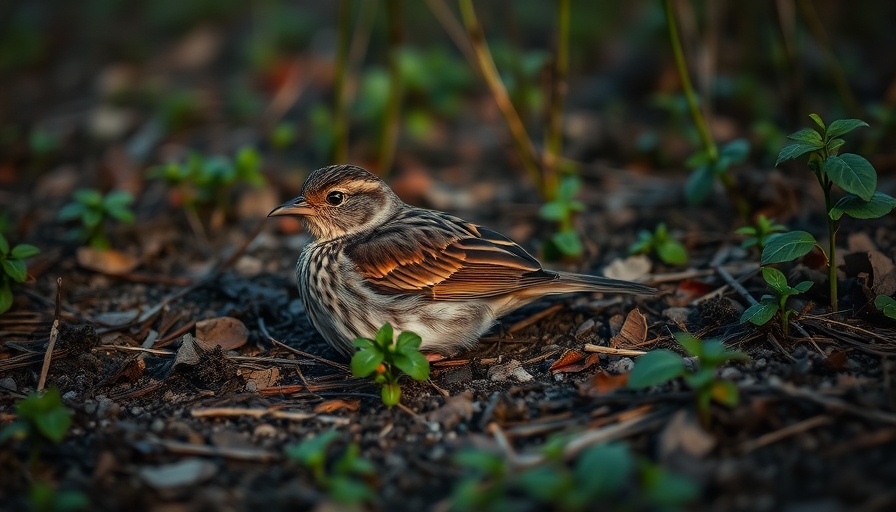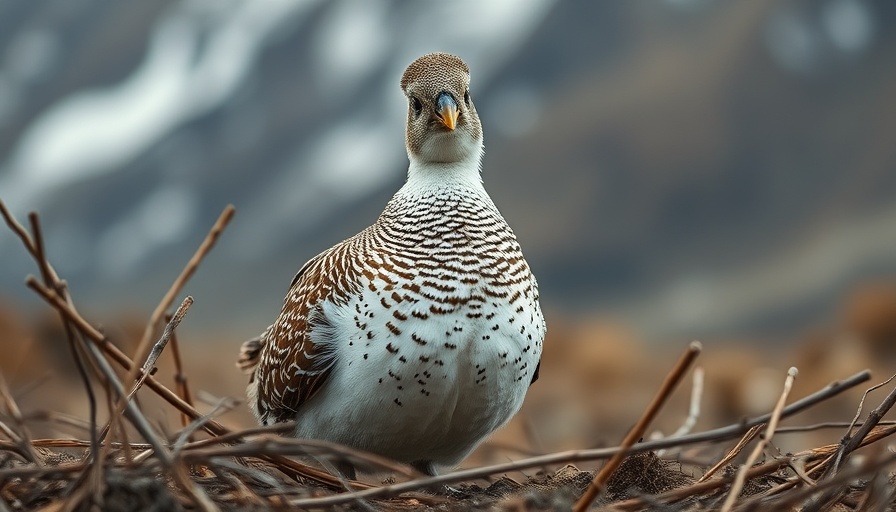
The Fascinating Connection Between Bird Songs and Their Names
Have you ever listened closely to birds and wondered why some of their names seem to echo their own sounds? Bird enthusiasts often delight in the melodious calls that reflect the names of their avian masters. Birds like the Northern Bobwhite and Killdeer are excellent examples, with songs that lead directly to their nomenclature. The Northern Bobwhite's chant of "Bobwhite! Bobwhite!" is not just catchy but a melodic way for the bird to express itself. Similarly, the Killdeer, whose call sweetly resonates as "Kill-dee, kill-dee, kill-dee," has a unique way of warning off predators and claiming territory. This phonetic relationship highlights a remarkable linguistic twist in nature.
Bird Names: More Than Just Sounds
Interestingly, the way birds are named varies widely. While some are named for their songs, as we've seen, others derive their names from distinctive characteristics or geographical locations. For instance, the Spotted Towhee carries a name that signals its unique color and markings rather than its vocalizations. This duality between sound and sight demonstrates the richness of avian diversity and the various ways humans have chosen to classify these creatures.
The Importance of Bird Calls in Nature
Bird calls serve a myriad of purposes beyond mere identification. Often, these vocalizations play critical roles in mating strategies, alerting nearby species of potential threats or simply communicating with fellow flock members. Take the Common Poorwill—this nocturnal bird can be predominantly located by its distinctive call, making it an essential aspect of its survival in open and arid regions. The effectiveness of these calls underscores their evolutionary significance and the intricate relationships these birds have forged with their ecosystems.
The Joy of Listening and Learning
Engaging with nature through birdwatching and listening can enhance our understanding of wildlife and promote conservation efforts. By attuning ourselves to the calls of birds like the Black-capped Chickadee—known for its interactive call of “chick-a-dee” that varies in intensity—we can appreciate not only their beauty but also the ecological messages they convey. For anyone interested in birds or those looking to deepen their connection with nature, integrating listening into your outdoor activities can lead to a rewarding experience.
In summary, birds that say their own names provide a captivating glimpse into the intersection of language and nature. From the lyrical calls of the Killdeer to the unique identifiers of the Northern Bobwhite, these avian songs enrich our experience of the natural world. So the next time you hear a bird call, take a moment to listen and ponder what stories it might tell.
 Add Row
Add Row  Add
Add 




Write A Comment